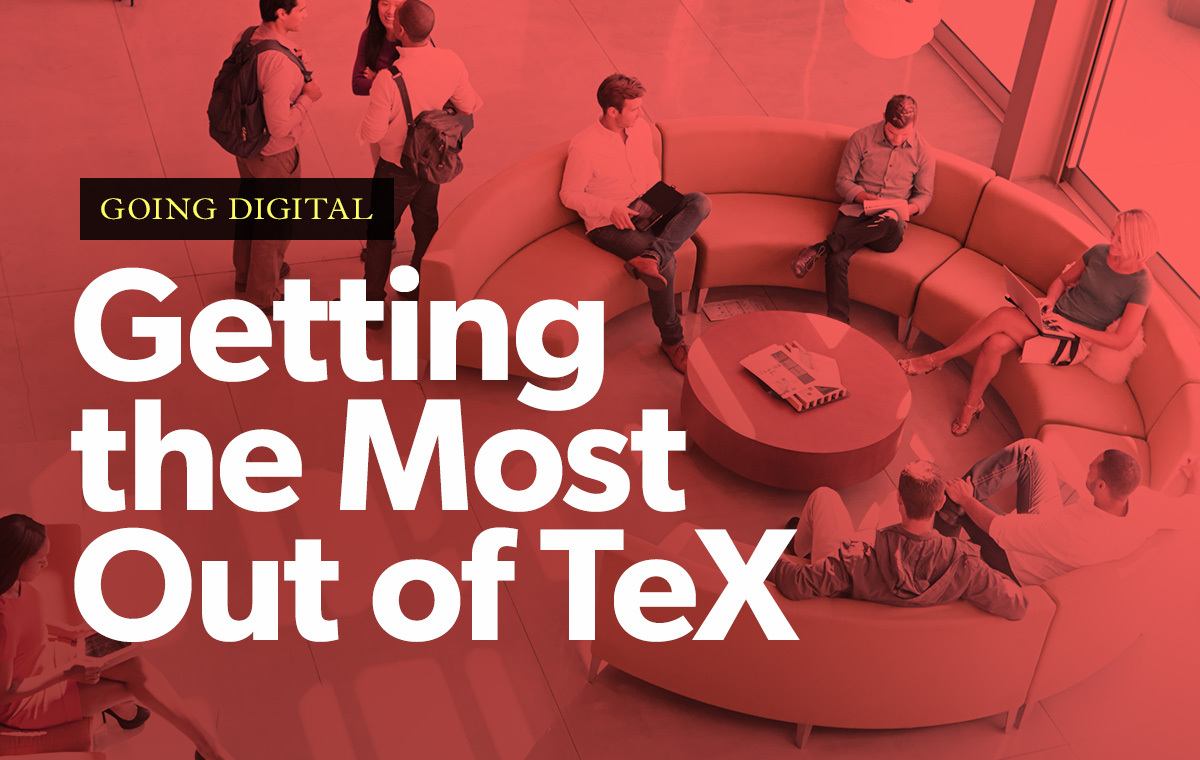In today’s commercial real estate (CRE) market, there is no shortage of quantity and optionality for technology buyers. However, the emergence of the proptech category has brought about a new problem for office owners and property teams. With so many potential solutions, how can you ensure the quality and interoperability of a provider? To establish a true end-to-end office solution, your tenant experience technology (also known as TeX or TenX) must meet three key objectives: 1) it must address the unique needs of your portfolio, 2) it must “play nice” with the already existing systems in your building(s), and 3) it must be prepared to scale and adapt with evolving needs.
1. Addressing Tenant Needs
In order to make sure your TeX solution is creating a seamless workplace experience, you need to have a clear understanding of your building’s unique problem set. After all, every office should be a direct reflection of its building community. This means you need to put in the preliminary work to pinpoint your existing technology systems, understand how they work alongside each other, and discover any opportunities where you can create efficiencies.
Once you’re well-versed on your existing tech stack, you can then shift focus to searching for new technology partners that will integrate harmonically with your assets and improve office functionalities. Taking note of which technology partners and integrations are interoperable with your existing systems will also reduce the need for costly technology replacements. Additionally, it will help you identify a provider that can streamline these solutions into a single, overall platform that can serve as a remote control for your building.
2. Ensuring Interoperability
You know you need your various building systems to be interoperable. Now the question is:
How exactly can you guarantee it? To trust the quality of the technology partners and integrations that you find, you’ll need to leverage a marketplace of pre-vetted systems and amenity providers. For example, the HqOS Marketplace only offers technology integrations and built-in capabilities that are interoperable with the HqOS platform, meaning that their business relationships and deal structures are already in place. Additional features such as technology partner profiles even allow teams to access product demos and images — helping them determine if certain pre-vetted partners are a good fit for their business. These features make the selection partners quick, efficient, and easy.
3. Scaling and Adapting with TeX
The right technology provider will be able to help you with the procurement, implementation, and deployment processes for any size portfolio. For example, HqO’s team of experts can consult across tech stack implementation and interoperability; third party assessment, procurement, and management; evolving compliance frameworks; data capture and transparency; and building access and facility management systems. Property teams can even take advantage of our budgeting calculator to give them a general price parameter for their building and its systems.
Such dedicated customer support will help you continuously grow your technology ecosystem as new needs arise. The more integrations a building has, the more meaningful data you can collect to paint a more holistic picture of your building — which will, in turn, inform future office investments.
Solving Your Business Problems
Addressing these key objectives will ensure that you can provide consistent workplace experiences across your entire portfolio, no matter how big or small. The right provider and strategy will save you time and money, as well as create efficiencies and unify otherwise fragmented technology systems in your buildings. In no time, you can give your portfolio the competitive edge it needs to thrive in an ever-evolving market.
To learn more about implementing a new tenant experience solution, or to navigate the other stages of the technology adoption process, download our buyer’s guide for CRE today.



